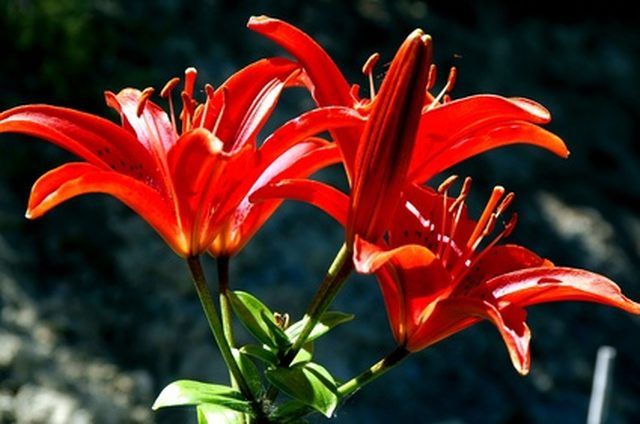Bulbs
Flower Basics
Flower Beds & Specialty Gardens
Flower Garden
Garden Furniture
Garden Gnomes
Garden Seeds
Garden Sheds
Garden Statues
Garden Tools & Supplies
Gardening Basics
Green & Organic
Groundcovers & Vines
Growing Annuals
Growing Basil
Growing Beans
Growing Berries
Growing Blueberries
Growing Cactus
Growing Corn
Growing Cotton
Growing Edibles
Growing Flowers
Growing Garlic
Growing Grapes
Growing Grass
Growing Herbs
Growing Jasmine
Growing Mint
Growing Mushrooms
Orchids
Growing Peanuts
Growing Perennials
Growing Plants
Growing Rosemary
Growing Roses
Growing Strawberries
Growing Sunflowers
Growing Thyme
Growing Tomatoes
Growing Tulips
Growing Vegetables
Herb Basics
Herb Garden
Indoor Growing
Landscaping Basics
Landscaping Patios
Landscaping Plants
Landscaping Shrubs
Landscaping Trees
Landscaping Walks & Pathways
Lawn Basics
Lawn Maintenance
Lawn Mowers
Lawn Ornaments
Lawn Planting
Lawn Tools
Outdoor Growing
Overall Landscape Planning
Pests, Weeds & Problems
Plant Basics
Rock Garden
Rose Garden
Shrubs
Soil
Specialty Gardens
Trees
Vegetable Garden
Yard Maintenance
How to Care for Asiatic Lilies in the Fall
How to Care for Asiatic Lilies in the Fall. Asiatic lilies produce large, colorful blooms on tall stalks that do not require support. Asiatic lilies bloom in early summer or midsummer and are available in a range of colors and petal types. They are not finicky, growing well in nearly any type of well-draining soil. As hardy bulbs, they thrive in...

Asiatic lilies produce large, colorful blooms on tall stalks that do not require support. Asiatic lilies bloom in early summer or midsummer and are available in a range of colors and petal types. They are not finicky, growing well in nearly any type of well-draining soil. As hardy bulbs, they thrive in both northern and southern gardens, tolerating winter freezing well. End-of-season fall care helps ensure that Asiatic lilies return and bloom the following year and do not suffer any winter damage in the garden.
Things You'll Need
Shears
Mulch
Remove old blooms and flower stalks. Snip these off at the base of the Asiatic lily plant. Leave the foliage in place until it dies back naturally later in the fall, then shear it off to the ground.
Water Asiatic lilies regularly until the ground begins to freeze. Irrigate once weekly, moistening the soil to a 6-inch depth at each watering.
Divide Asiatic lilies in the fall every three years or when flowering begins to decline. Dig the bulbs up and twist apart the new and old bulbs where they are attached to each other. Replant the bulbs to a 4-inch depth, spacing them 8 inches apart.
Apply a 2- to 4-inch layer of mulch over the bed in fall after the first frost. Mulch maintains soil temperature and prevents soil-heave damage to bulbs, which is caused by the freezing and thawing of the soil during the winter.
Tips & Warnings
Asiatic lilies do not require fall fertilization, but you can work a 1-inch layer of compost into the soil around the lilies prior to mulching if you wish to aid the soil quality.
Asiatic lily bulbs do not go completely dormant in winter. While they usually do not require winter watering, additional irrigation may be necessary if the soil doesn't freeze and conditions are dry.